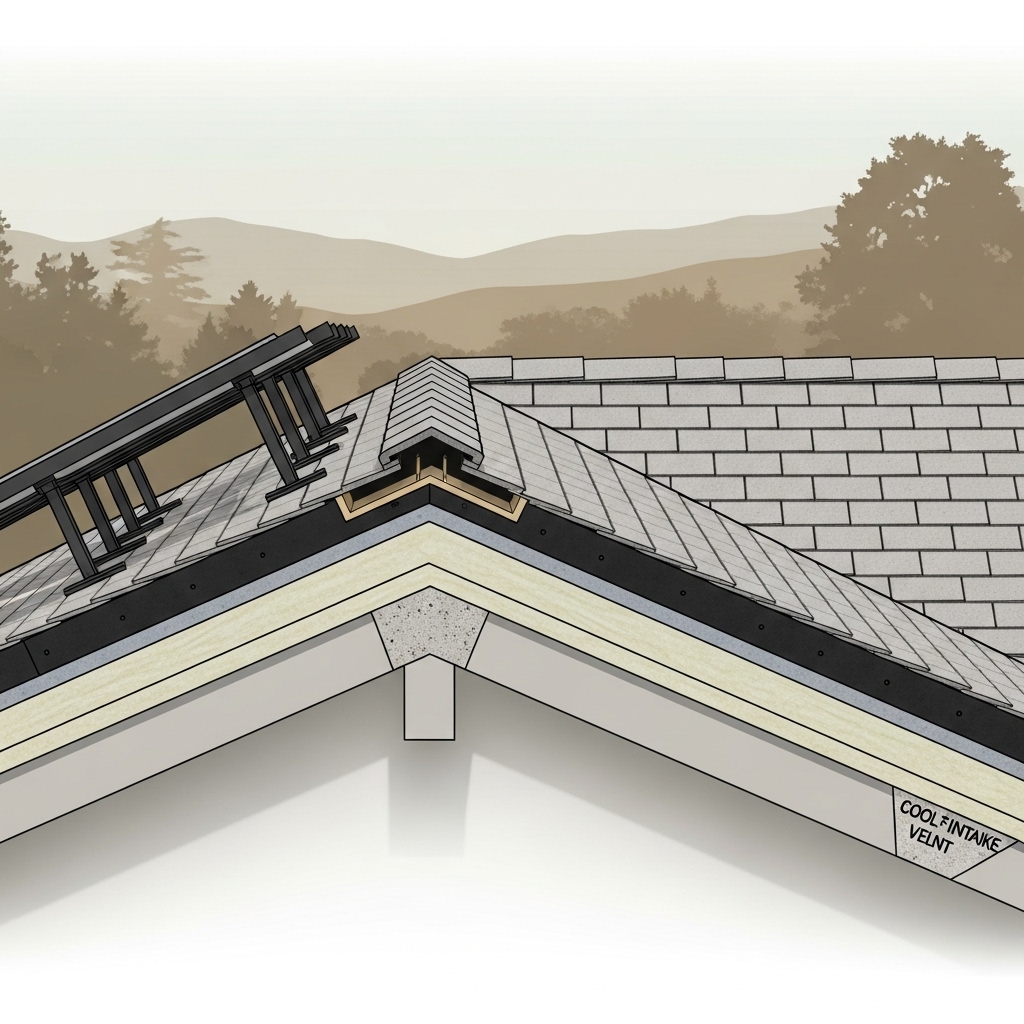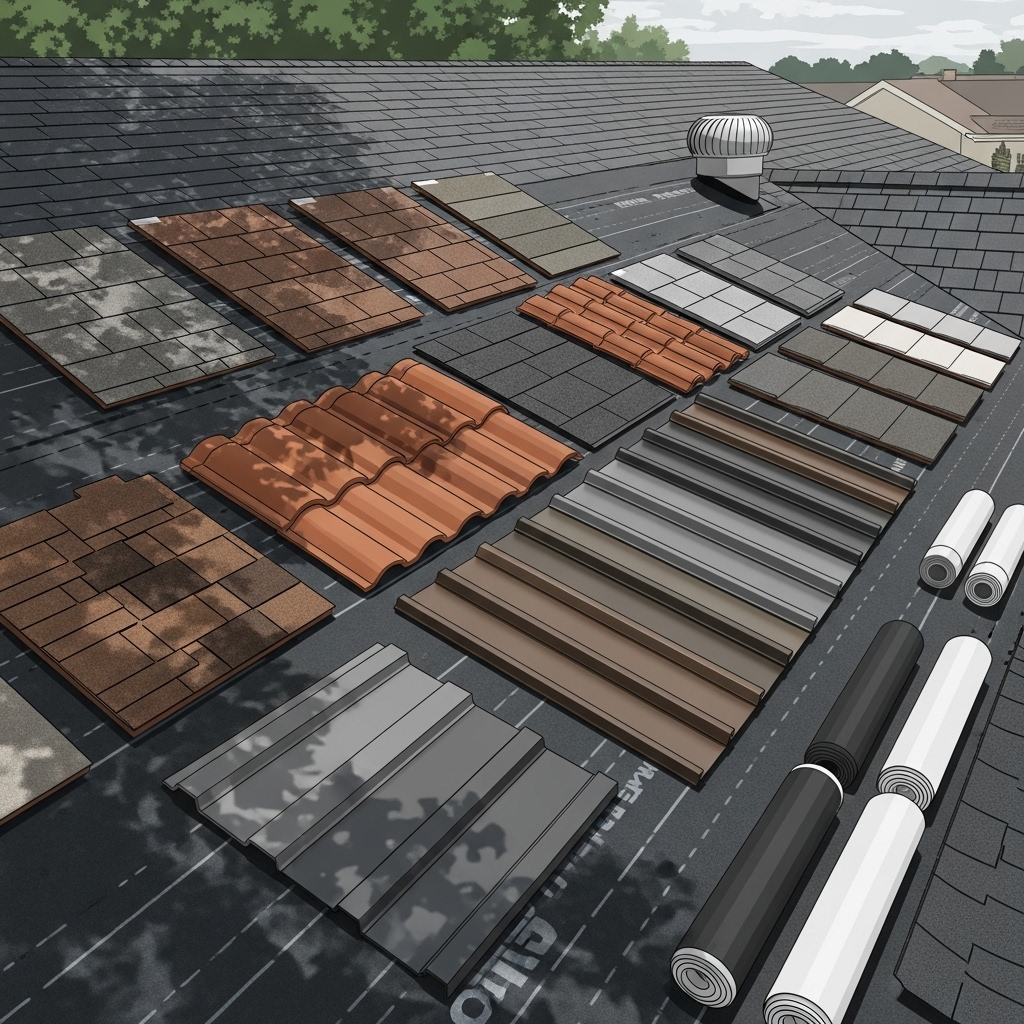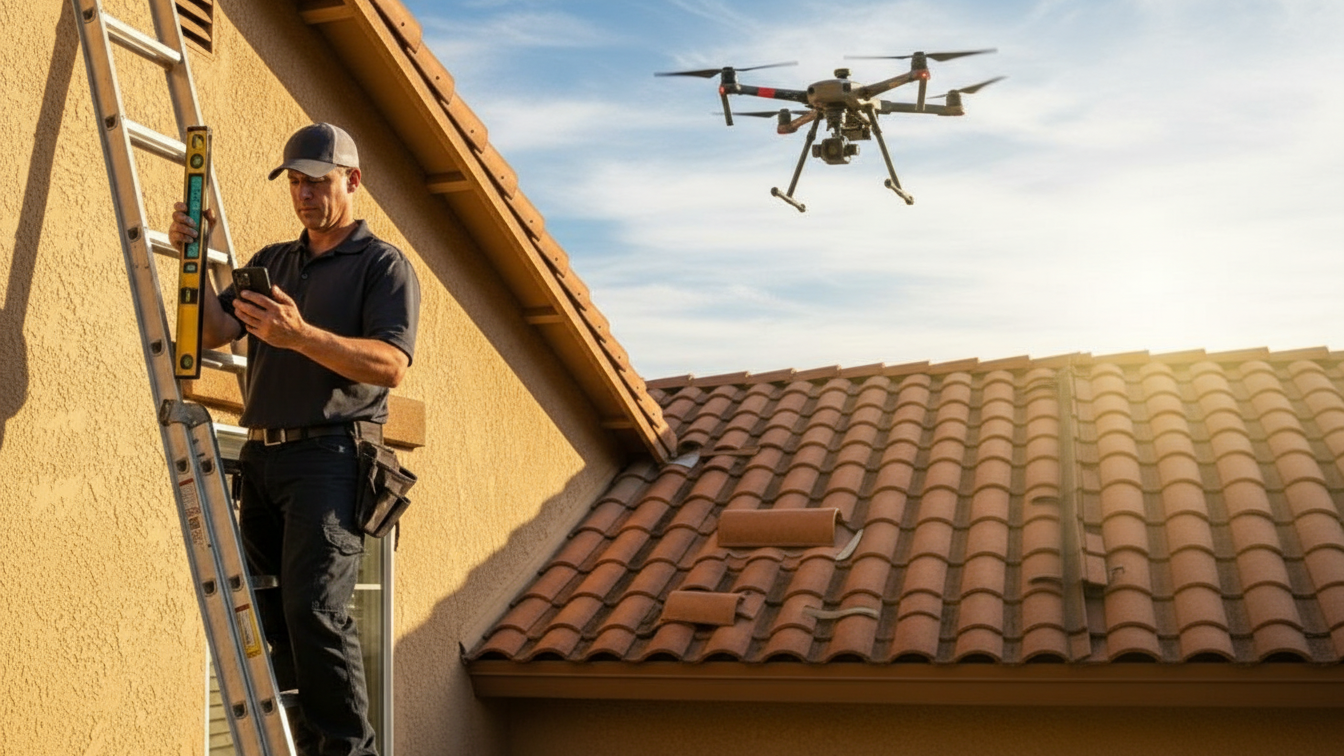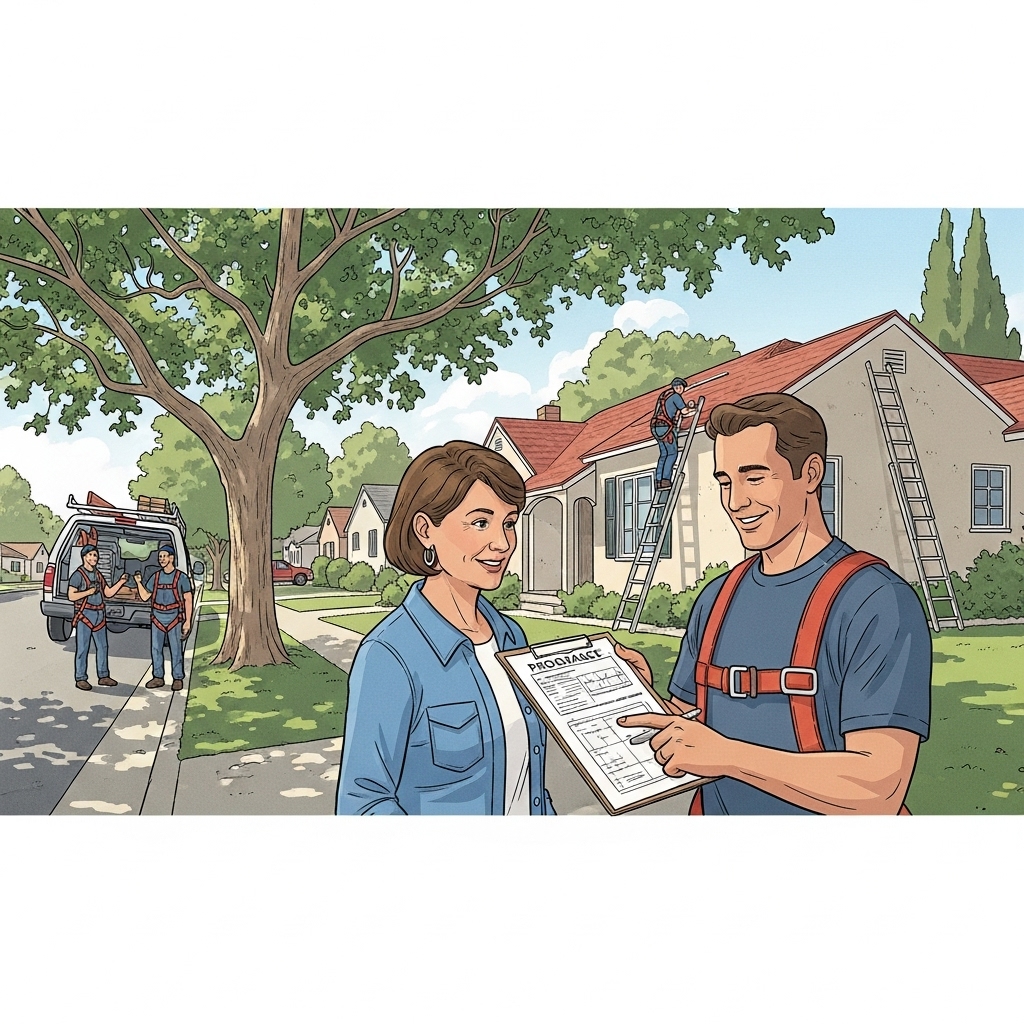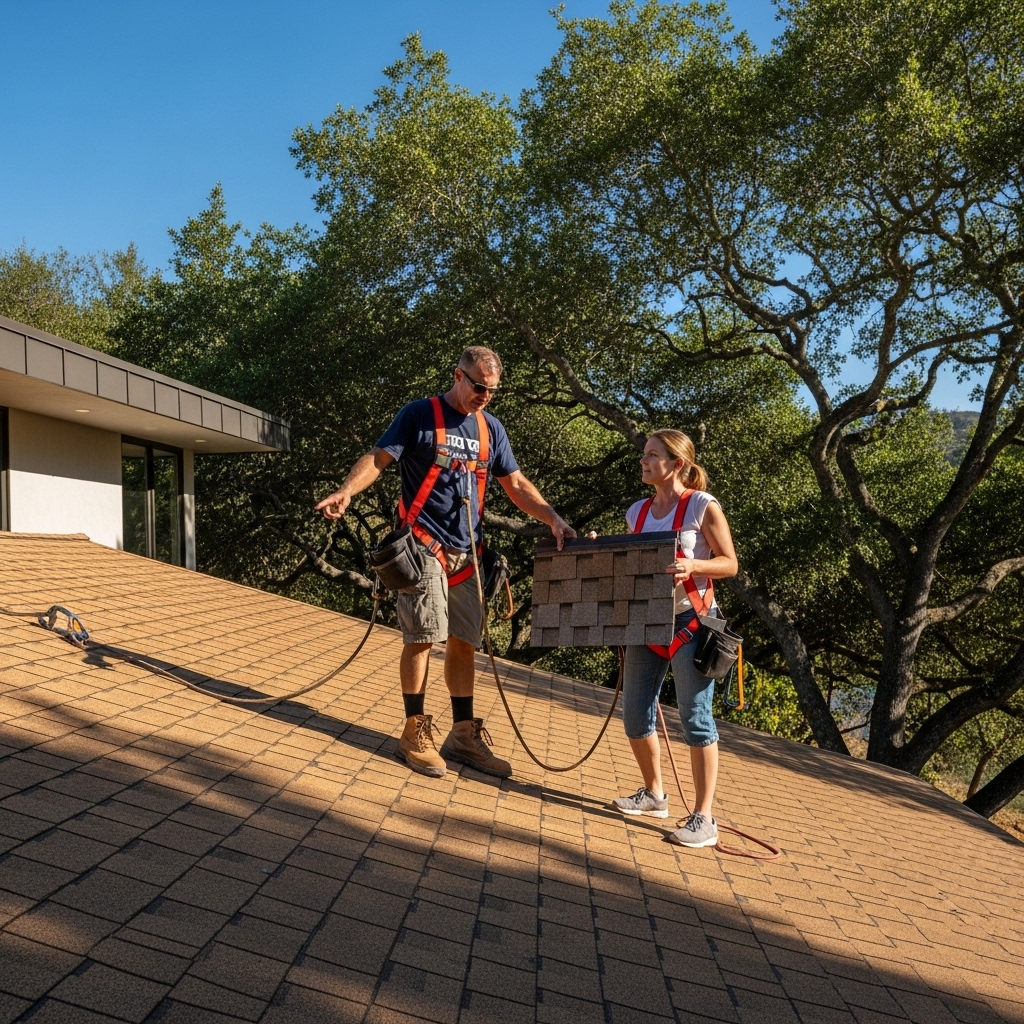Looking at the Whole Roof as a System
When homeowners in Tarzana ask about sustainable roofing, I encourage them to think beyond the outer surface. In our corner of the San Fernando Valley, summer heat is relentless, winter rain can be sporadically intense, and the Santa Ana winds test the detailing of every ridge, eave, and penetration. A sustainable solution weaves together several layers—roof covering, underlayment, insulation, ventilation, and sometimes solar generation—so that each reinforces the others. This integrated view helps a home stay comfortable during late-afternoon heat, return to equilibrium quickly at night, and stand ready for the next windy spell without fuss. It’s also the surest way to make sense of the many product choices marketed as “green” and pare them down to a package that supports your actual lifestyle in Tarzana.
Because sustainability is personal, every project begins with a conversation about how you use your spaces. Maybe you converted a garage into an ADU that bakes after lunch, or you’ve carved out a home office over the garage that needs quieter afternoons. Mapping these zones to the roof above guides the selection of materials and assemblies. If you’re exploring options, an excellent primer is to review local green eco-friendly roofing approaches and imagine how they would solve for your home’s specific hot spots and comfort challenges.
Cool Roof Packages for Sloped Roofs
For most Tarzana homes with sloped roofs, a cool roof package is the foundation of a sustainable solution. Start with shingles or tiles rated for high solar reflectance and thermal emittance, then build in a high-temperature synthetic underlayment to withstand hot decks. In the attic, continuous insulation and balanced ventilation remove superheated air and reduce heat transfer into living spaces. Properly aligned ridge vents and generous soffit intakes act as passive engines, pulling in cooler air and exhausting hotter air without any moving parts. On south and west slopes—those most exposed to afternoon sun—choosing a slightly lighter color amplifies the effect without changing the home’s character on the street.
The fine print matters. We check that bath fans and range vents discharge to the exterior rather than into the attic, and we seal plumbing and electrical penetrations to prevent hot air migration. Once you begin to remove unintended heat pathways, you’ll notice how even the second-story hallway feels more stable at the end of a hot day. The cumulative effect of these small, thoughtful moves is where sustainability is won.
Metal Solutions for Longevity and Fire Readiness
Metal roofing systems—standing seam or metal shingles—fit beautifully into Tarzana’s sustainability picture. Their reflective coatings trim heat gain, while the inherent durability supports a long service life with modest maintenance. Noncombustibility adds another layer of security in our wildfire-aware region. Under the panels, we often include a vented assembly that floats the metal above the deck to create a continuous air channel. That tiny gap behaves like a sunshade, particularly effective above upper-floor bedrooms that would otherwise absorb afternoon heat.
In terms of neighborhood fit, today’s metal finishes are far more subtle than the mirror-like panels of decades past. Low-sheen earth tones complement stucco and natural wood, and the crisp lines of standing seam play nicely with modern remodels along Ventura Boulevard and in the foothill streets. When clients choose metal for its lifespan, we coordinate flashing packages that anticipate window and stucco upgrades, minimizing future disruptions and preserving the clean lines that make metal such a compelling choice.
Flat Roof Solutions for ADUs and Additions
Flat and low-slope roofs are common on garages, additions, and ADUs. Here, reflective single-ply membranes like TPO and PVC excel, bringing high solar reflectance and reliable welded seams. We pair these with tapered insulation to correct drainage and prevent ponding, which otherwise accelerates wear. Where parapets and skylights complicate the field, modified bitumen with a cool cap sheet offers robust detailing. Walk pads around HVAC units keep service technicians on a safe path and protect the membrane, a small addition that preserves performance over years of maintenance visits.
These systems shine when paired with strategic shading. On west-facing courtyards, trellises and carefully placed trees cool the roof microclimate while adding outdoor living value. Sustainability multiplies when you view the roof and landscape as a single thermal environment, allowing each to support the other.
Solar-Integrated Packages
Tarzana’s abundant sunshine invites solar generation. We often design “solar-ready” roofing packages with dedicated attachment zones, preplanned conduit routes, and underlayment upgrades to match the expected lifespan of the array. For homeowners who prefer a cohesive look, solar-integrated tiles or shingles blend power production with weather protection, minimizing penetrations and streamlining installation. Even with a conventional panel array, a cool roof beneath the array keeps modules cooler, sustaining output during heat waves.
In practice, this means roofers and solar installers coordinate slopes, ridge locations, and shade analysis to maximize production while preserving roof longevity. For example, we might shift a vent stack or reframe a small area to open an uninterrupted panel field, delivering better output without complicating future maintenance. When the roof and solar plan are coordinated from the start, the result is cleaner, quieter, and more reliable.
Ventilation and Insulation: The Invisible Workhorses
The quiet success of a sustainable roof often lives in the attic. Properly sized intake and exhaust ventilation create a steady convective loop that purges hot air before it infiltrates living spaces. Insulation set to appropriate R-values, combined with sealed penetrations, reduces conductive heat transfer and drafts. In Tarzana’s climate, where attics can soar in temperature by midafternoon, this invisible work dramatically reduces the tendency for rooms to accumulate heat late in the day.
We also consider radiant barriers where appropriate, especially in spaces over garages used as studios or playrooms. Combined with light-colored exterior coverings, radiant barriers reflect a meaningful portion of incoming heat. The whole package doesn’t look flashy, but you feel it every day in the way your home holds steady through the hottest hours.
Water Management, Detailing, and Durability
Sustainability is durability. That begins with methodical water management: kick-out flashings where roof meets wall, generous crickets behind chimneys, carefully hemmed metal edges, and self-adhered membranes at eaves and valleys. In our bursts of winter rain, these details prevent water from sneaking into the envelope. Gutter guards suited to local tree species keep debris from building up without trapping water, reducing maintenance and fire risk. On tile roofs, bird stops and closed ridges deny embers and pests an entry point, aligning fire readiness with weatherproofing.
In the middle of the decision process, it helps to review a menu of sustainable roofing solutions that illustrate how flashing, membranes, and ventilation knit together. Seeing the assembly as a sequence of interdependent layers makes it easier to prioritize what matters most for your home’s layout and microclimate.
Neighborhood Aesthetics and HOA Considerations
Tarzana’s neighborhoods balance character and evolution. Many communities welcome upgrades that respect established aesthetics. Cool-rated shingles in classic hues, low-gloss metal in earth tones, and cool-rated tile profiles make it possible to meet or exceed HOA expectations while raising performance. Transparent communication with architectural committees about color samples, reflectance values, and mockups eases approvals and ensures the final result compliments the street view. Sustainability and style are not opposing goals; done well, they reinforce each other.
Permitting, Title 24, and Inspections
California’s energy code shapes eco-friendly roofing choices, and in our area, inspectors are accustomed to seeing cool-roof compliance on reroofs. We prepare documentation that aligns with local permitting expectations and schedule inspections to minimize disruption. Thoughtful sequencing—such as coordinating interior work on bath fan ducting with roof underlayment stages—avoids rework and keeps the project tidy. The bureaucracy disappears into the background when the fieldwork is organized, allowing the craftsmanship to take center stage.
Frequently Asked Questions
What makes a roofing package truly sustainable in Tarzana?
A sustainable package combines a reflective or thermally smart exterior with high-temperature underlayment, balanced ventilation, appropriate insulation, and careful flashing. The goal is comfort, durability, and resilience to heat, wind, and sporadic rain, all while fitting the neighborhood’s style.
Do cool roofs look too bright or “commercial” on homes?
Not anymore. Modern cool shingles and tiles use reflective pigments to deliver performance in familiar, subdued colors. Low-gloss finishes on metal similarly avoid glare. You can achieve energy-minded performance without sacrificing curb appeal.
How do solar panels fit into a sustainable roof plan?
We design the roof and solar together. That means choosing a roof covering with a lifespan compatible with the array, planning attachment points on structure, and routing conduits with minimal penetrations. A cool roof beneath the array also keeps panels more productive in high heat.
Are single-ply membranes durable enough for ADU roofs?
Yes, when specified and installed correctly. TPO and PVC with welded seams provide strong, reflective protection. Pair them with tapered insulation for drainage and add walk pads near equipment. Regular cleaning after wind events keeps them performing as designed.
Will better ventilation make my home dustier?
Properly screened intake and exhaust vents move air, not dust. Balanced ventilation reduces heat buildup and moisture without pulling in debris. The result is a cooler, healthier attic that protects your roof deck and insulation.
How do wildfire considerations change roofing choices?
We favor Class A fire-rated materials, ember-resistant vents, closed eaves, and careful detailing at edges and penetrations. Tile and metal are naturally noncombustible, and many cool shingles meet stringent fire standards. These strategies build resilience without compromising sustainability.
If you’re ready to make your Tarzana home cooler, quieter, and more resilient, let’s shape a plan around your roof’s unique conditions. From material selection to detailing and permits, we’ll guide each step with local insight. To explore how these ideas translate to your home, tap into our green eco-friendly roofing services and start envisioning a more comfortable future under your own roof.

